The Longleaf pine (Pinus palustris) gets its name from the shape of its needle-like leaves. They can grow up to18 inches long and come in bundles of three. The tree with its thick, scaly bark grows almost completely straight, boasts a 3-foot diameter, and can reach 80 to 100 feet tall. These slow-growing trees can live up to 300 years.
Prior to restoration efforts, longleaf pines only occupied 3% of their former range. Forests of longleaf pine were cleared for development and agriculture.
Longleaf pine seeds are developed in cones and dispersed by the wind. They must find their way to soil to take root and grow. Fires caused by lightning would naturally clear away leaf litter and brush allowing this to take place. When the fire is suppressed, the seeds cannot reach the soil.
Once the seeds take root, they go through a grass stage. During this stage, the Longleaf pine starts to develop its central root, called a taproot, which will grow up to 12 feet long. Once the taproot is firmly in the earth, the tree will begin to grow in height. Both the tree and the grass stage are resistant to fire.
There are more than 30 endangered and threatened species, including red-cockaded woodpeckers and indigo snakes who rely on the longleaf pine habitat. Longleaf pines are more resilient to the negative impacts of climate change than other pines. The tree can withstand severe windstorms, resist pests, tolerate wildfires and drought, as well as capture carbon pollution from the atmosphere. Restoration of Longleaf pine forests has become a major effort in Florida and gives us a renewed hope that these ecosystems and all who live there will thrive once again.

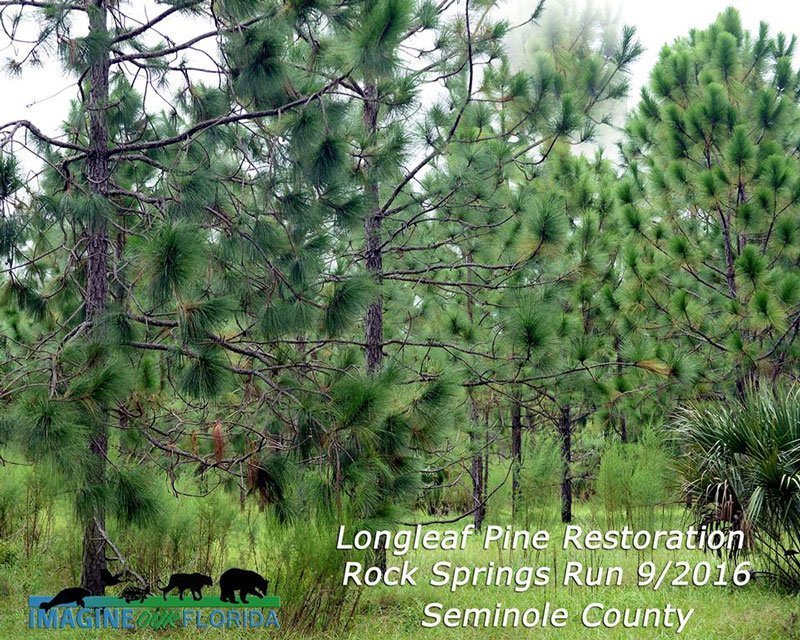
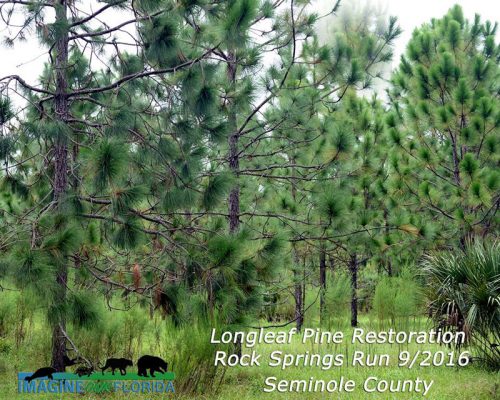
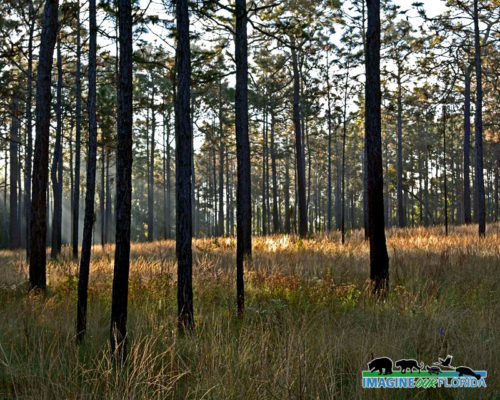
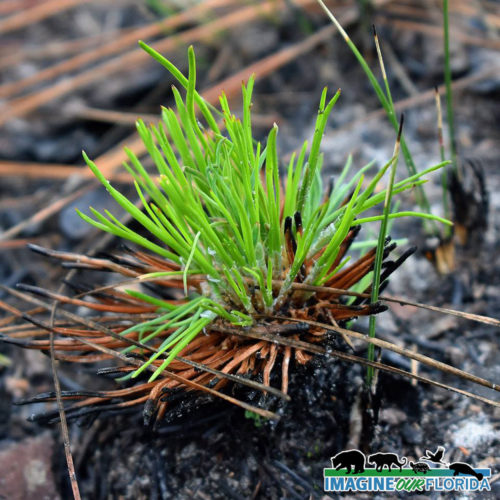
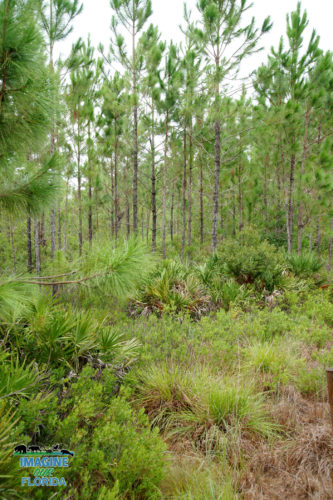
Recent Comments